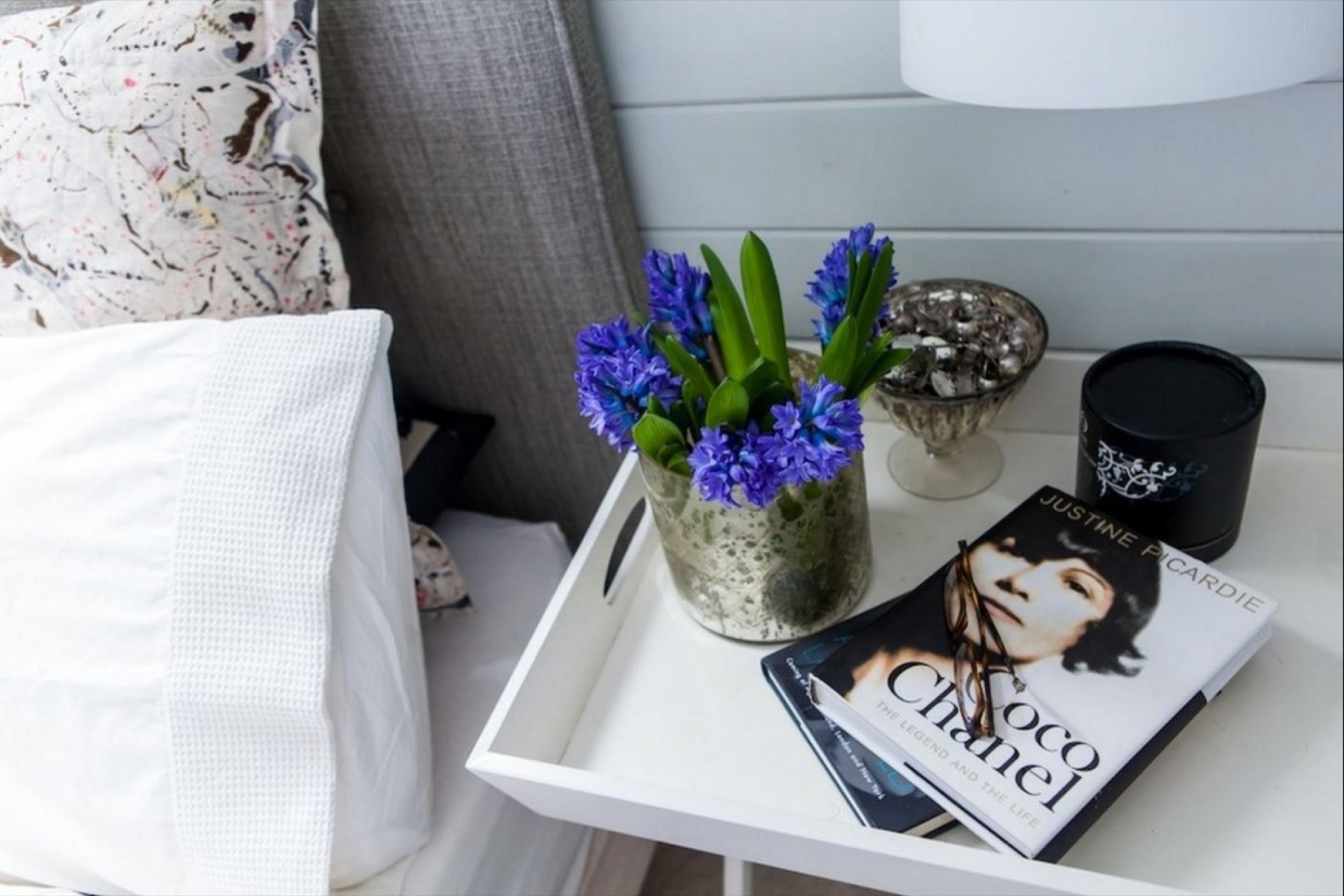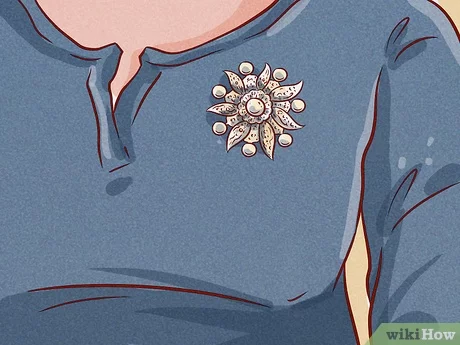As an Amazon Associate I earn from qualifying purchases.
To optimize sleep quality, the “How Do You Sleep Clothes Chart” provides temperature-based clothing recommendations. It helps you choose comfortable attire for restful slumber.
Mastering the art of dressing for bed significantly impacts sleep hygiene and overall restfulness. Comfort and fabric choice are critical for maintaining the right body temperature throughout the night, contributing to uninterrupted, deep sleep cycles. The chart acts as a quick reference guide, aligning various sleepwear options with the expected room temperature, ensuring your choice in pajamas or nightwear aids in achieving optimal sleep conditions.
Whether you prefer cotton, silk, or flannel, the chart guides you toward making decisions that enhance your sleep environment. Ensuring your bedtime attire matches your thermal needs helps in preventing night-time awakenings and supports the body’s natural sleep rhythm.

Credit: www.amazon.com
Cracking The Comfort Code
Selecting the right sleepwear is crucial for a good night’s rest. The fabric of your pajamas can make a big difference. Soft materials like cotton and silk keep you at a comfortable temperature. These fabrics allow your skin to breathe. They also absorb sweat.
On cooler nights, flannel or fleece might be the best choice. They provide extra warmth. Remember, comfort leads to better sleep. Kids prefer fun designs and cozy materials. So, pick pajamas that feel good and make you smile!
| Fabric | Season | Features |
|---|---|---|
| Cotton | Summer | Light, breathable |
| Silk | All year | Smooth, thermoregulating |
| Flannel | Winter | Warm, soft |
| Fleece | Winter | Super warm, lightweight |
Temperature Matters
Your sleepwear changes with the weather. In summer, light pajamas keep you cool. Think of breathable fabrics like cotton. Coolness is key for comfortable Z’s.
Come winter, you’ll need extra warmth. Thick pajamas or even thermal wear are great options. They must keep you snug, yet not too hot. Balance is crucial – avoid overheating.
| Spring/Autumn | Light layers that can be added or removed |
| Summer | Lightweight and moisture-wicking fabrics |
| Winter | Insulated options like fleece pajamas |
Personalizing Your Pajamas
Choosing the right pajamas is key to a good night’s sleep. Your comfort, the season, and personal style all play a part. Soft fabrics like cotton or silk can feel like a hug from a cloud. During winter, cozy up in fleece or flannel. Lighter materials work best in summer.
- Breathable materials keep you cool.
- Fun patterns or colors show off your fun side.
- Invest in quality for better sleep.
Remember, a good night’s sleep starts with what you wear. Treat yourself sometimes, because quality sleepwear lasts longer. It can make bedtime something to look forward to.

Credit: www.soothems.com
Special Considerations
Individuals with skin sensitivities often require specific fabrics for a comfortable night’s rest. Cotton and silk are great as they prevent irritation and regulate temperature. It’s vital to choose loose-fitting clothes that allow the skin to breathe. This will greatly reduce discomfort and enhance sleep quality.
Selecting the right sleepwear can depend on the sleeping environment. For instance, lighter fabrics work well in warm conditions, whereas warmer materials like fleece are best in colder settings. Making these adjustments can significantly improve comfort and ensure proper rest.
The Science Of Sleepwear
Choosing what to wear to bed can impact sleep quality. Comfortable fabrics, like cotton or silk, may aid in better sleep. Studies suggest loose-fitting clothing could promote deeper sleep.
Warm fabrics like fleece are good for cold climates, but may be too hot during summer. The body’s temperature drops when you sleep, so dress accordingly. Using a temperature-regulating fabric can be beneficial.
Mental associations with sleepwear play a role too. The mind often links pajamas with sleep readiness. Feeling good in what you wear can lead to a quicker and easier transition to sleep.

Credit: www.entrepreneur.com
Creating Your Sleep Clothes Chart
To create your sleep clothes chart, jot down your favorites first. Keep track of the fabrics that feel good against your skin. Soft cotton, cozy fleece, and smooth silk might top your list. Consider the seasons and how your body responds. Some prefer lightweight shorts and a tee in summer, while others choose warm pajamas in winter.
Remember to list elements like pockets or no pockets, snug or loose fits, and whether you like long sleeves or short sleeves. You may want different options for lazy weekends or busy work nights. Here, a simple chart brings clarity.
| Season | Type of Clothing | Preferences |
|---|---|---|
| Spring/Autumn | Pajama Set | Cotton, Long Sleeve |
| Summer | Shorts & Tee | Light Fabric, Short Sleeve |
| Winter | Full Pajamas | Fleece, Long Sleeve |
Frequently Asked Questions Of How Do You Sleep Clothes Chart
How Do People Sleep Clothes?
People typically wear comfortable clothing to sleep, such as pajamas or nightgowns, which keeps them relaxed and helps regulate body temperature throughout the night. Lightweight fabrics like cotton are often preferred for breathability and comfort.
What Is The Best Clothing To Sleep In?
The best sleepwear is lightweight, breathable, and comfortable. Opt for soft, natural fabrics like cotton or bamboo. Loose-fitting pajamas or nightgowns are ideal for a good night’s rest.
What Is The Healthiest Way To Sleep Clothes?
Choose loose, breathable fabrics like cotton for sleep, ensuring comfort and temperature regulation. Avoid tight clothing that can restrict circulation. Keep it simple for a healthy sleep routine.
What Clothes Do You Wear At Night?
At night, people generally wear pajamas or other comfortable sleepwear, such as nightgowns or shorts and T-shirts, for a good night’s sleep.
Conclusion
Choosing the right attire for bedtime can greatly impact your sleep quality. By following the sleep clothes chart, you’ll ensure comfort and restfulness. Let’s prioritize good sleep hygiene, selecting fabrics and fits that cater to our individual needs. Sweet dreams and better sleep await when our nightwear aligns with our preferences and the chart’s guidance.
As an Amazon Associate I earn from qualifying purchases.










